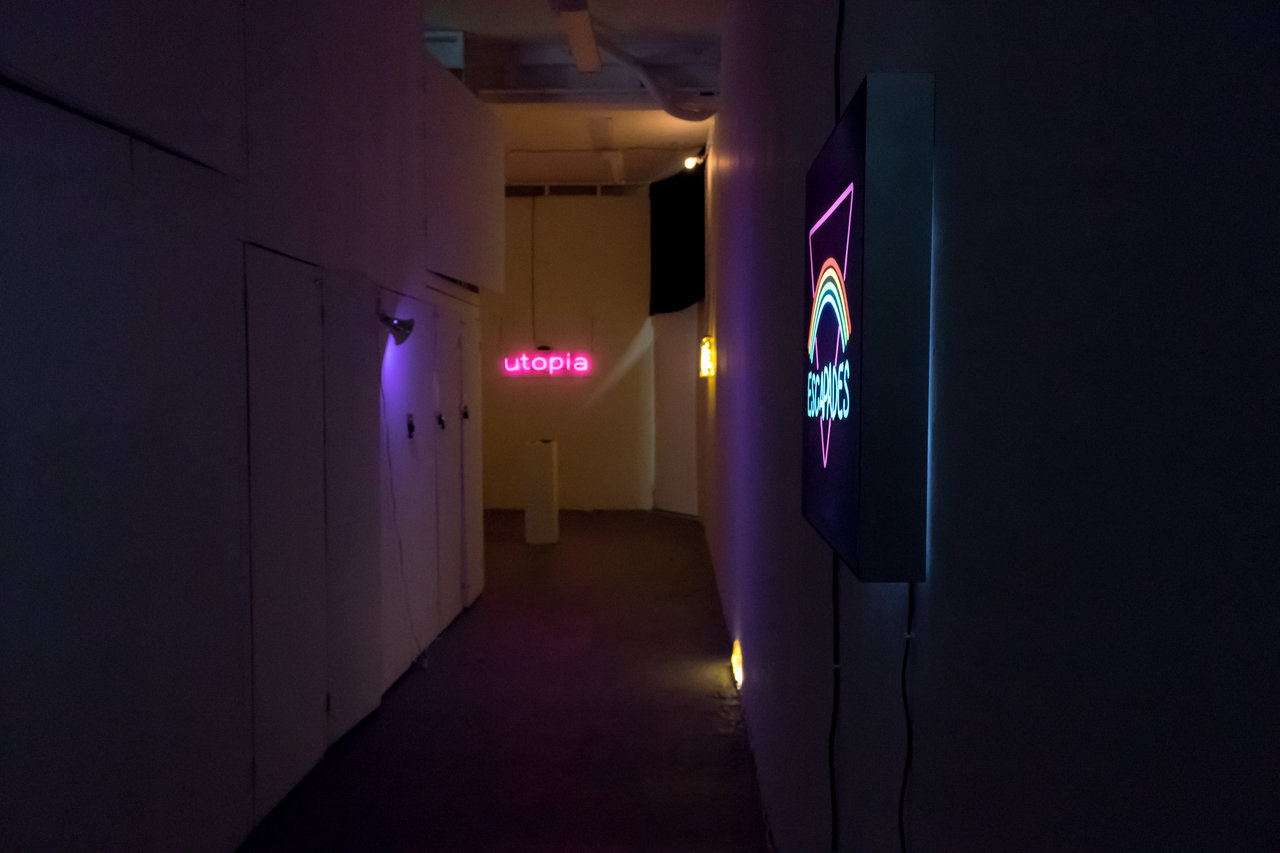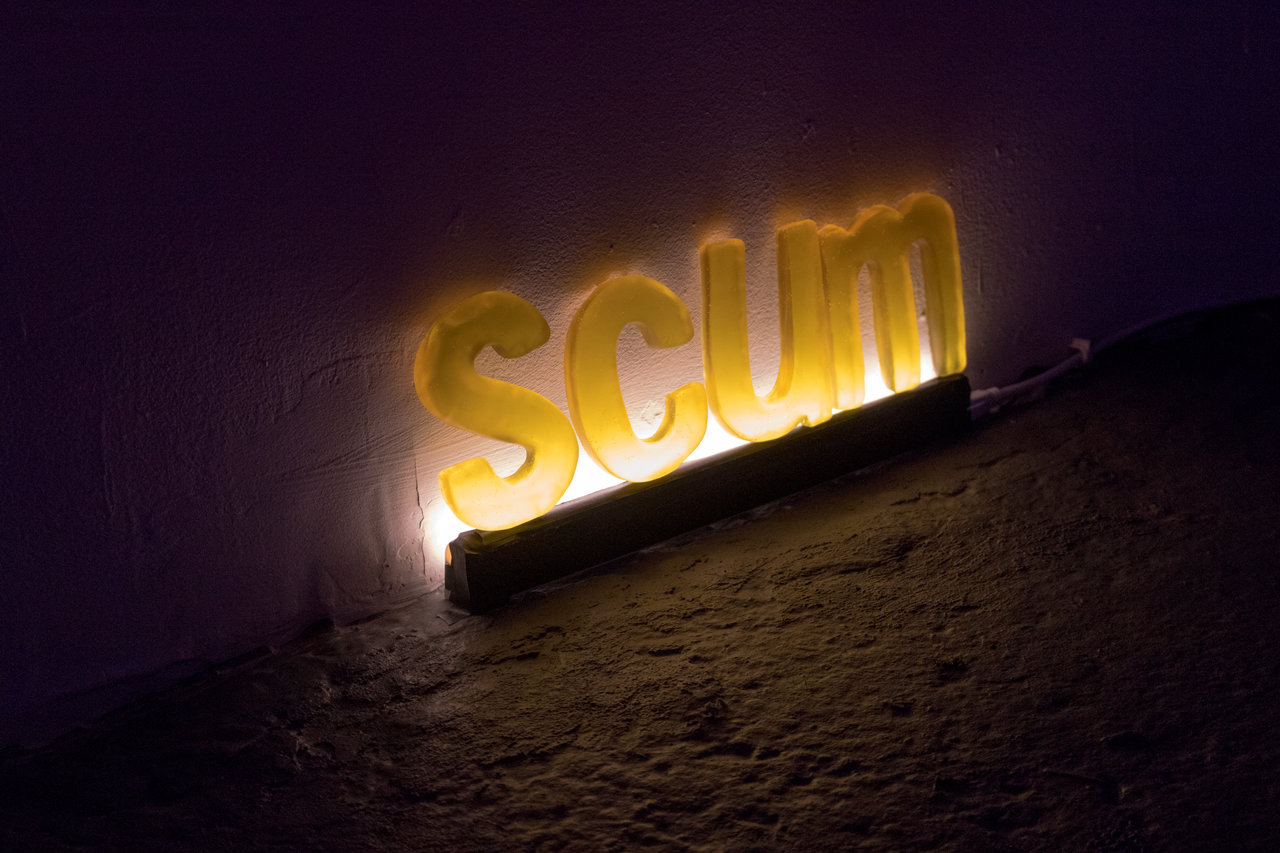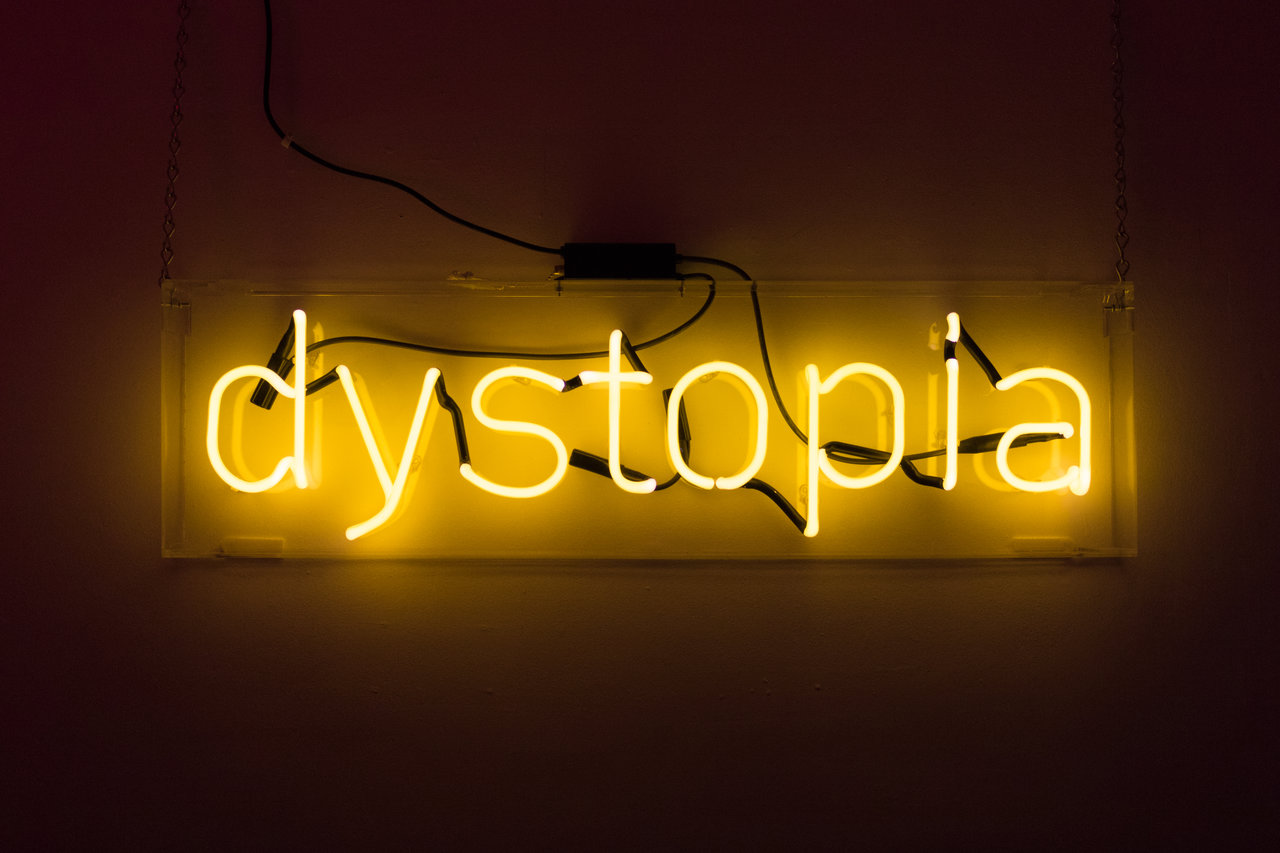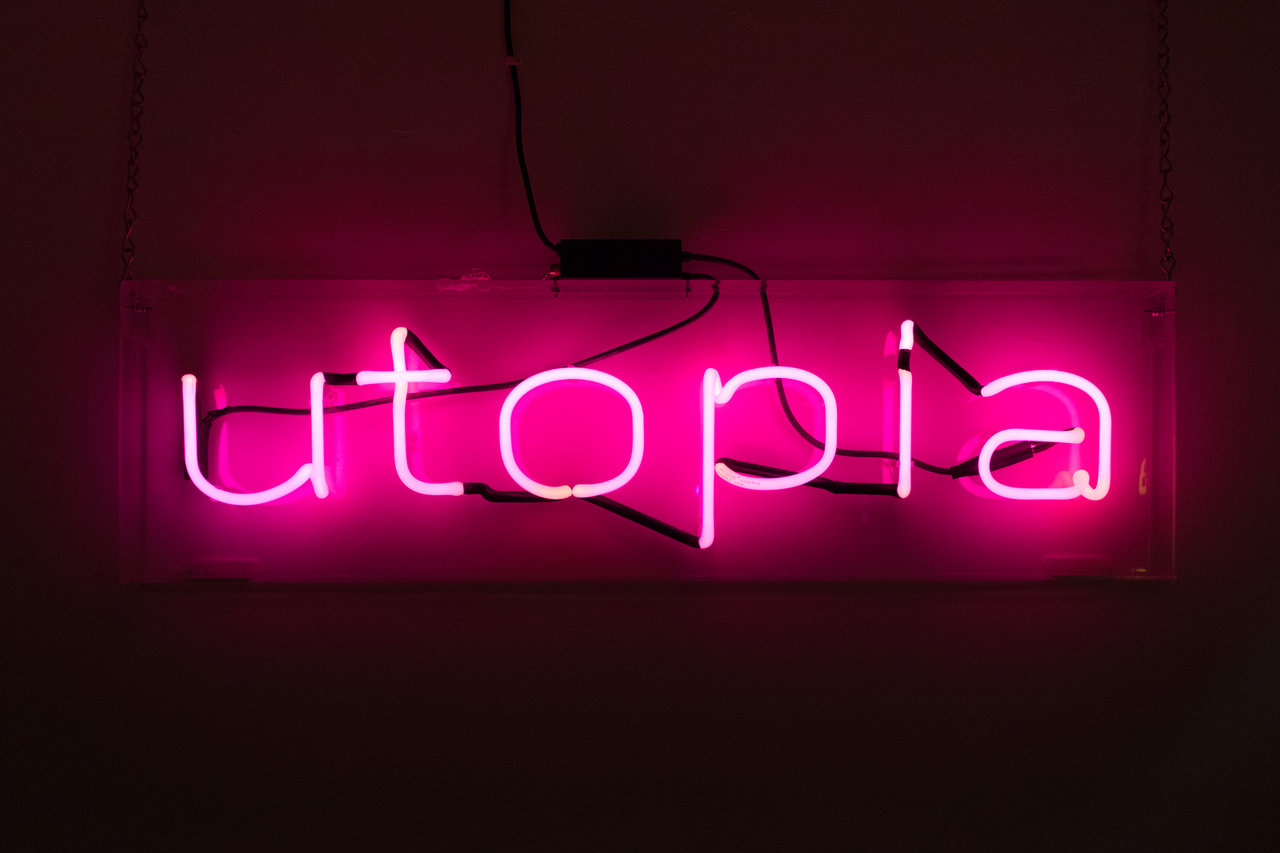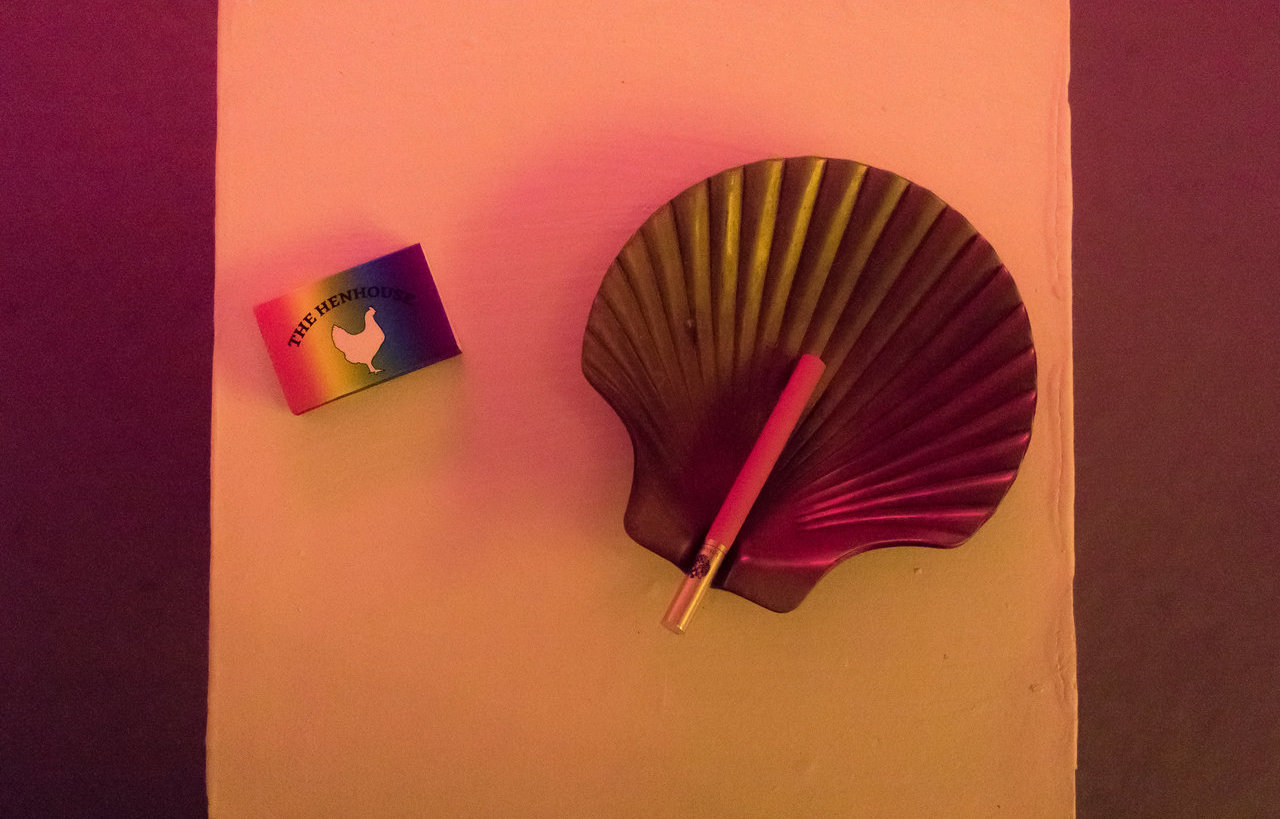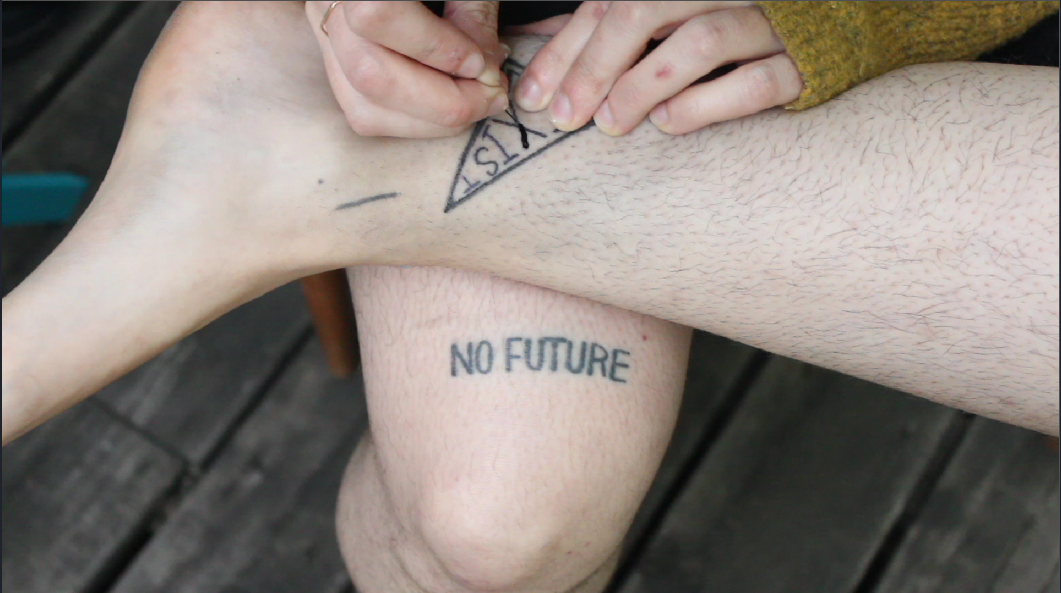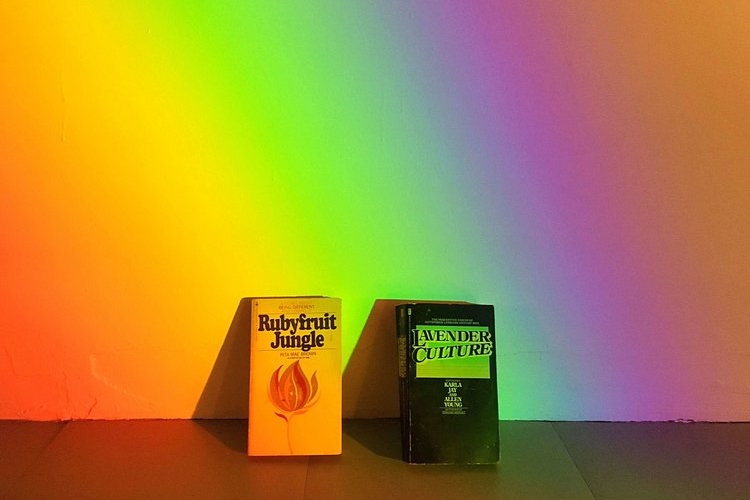Uncovering and finding solace in queer spaces is a feat that many long for, searching for solidarity and a place of understanding. The sorrow of rejection of family and friends, unrequited love, and inner conflict within the self only further highlights the yearning for comfort and stability. These fundaments of the queer experience are deeply woven into what comprises a utopia and dystopia; however, how can this be captured and communicated in an accessible context?
The understanding we have of ourselves is an intimate and lifelong endeavour, a trial of endurance as we discover what makes us the people that we are. Have we learned to love and accept love? How do we navigate spaces that welcome or shun us? Can there be an equilibrium in which everyone can operate? These questions captivate us yet are seldom answered. Though difficult, Heaven is a Place on Earth addresses how queer media presence and reality share a symbiotic relationship through the analysis of lesbian representation in fiction and popular culture.
Installation view of Heaven is a Place on Earth. Photo: Rashana Youtzy
Heaven is a Place on Earth is Adrienne Crossman’s (she/her, they/them) solo exhibition of new work, currently on display within the Patel Projects. Crossman, a Hamilton-based artist, educator, and curator aims to explore the spectrum of utopia and dystopia in relation to queerness. This investigation also includes looking at how terms such as gender, trans*, and non-binary are applied and represented in media.
Installation view of Heaven is a Place on Earth. Photo: Rashana Youtzy
Within the dimly-lit hallway is a selection of works, with the luminescence of the neon drawing patrons in. The space can be visited by appointment only, so it makes for a quiet experience to view the works. The first encountered is a fabric printed lightbox titled Escapades, introducing the concept of escaping to an elsewhere – whether it be for better or worse. We then travel towards the larger glowing presence at the end of the hall. A cast resin scum marks a checkpoint as a bright yellow dystopia radiates in the peripheral. Upon reaching the cozy nook, the neon pink of utopia pools its light in the tight space just enough to view the Sobranie Cocktail cigarette cradled in a shell and accompanied by a Henhouse matchbox. Resting below their plinth is a book, Lesbian Images by Jane Rule, containing a series of essays and bibliography. In the corner is a mirror with a violet illustrated on the surface, joining the viewer’s reflection.
Installation views of Haeven is a Place on Earth. Photo: Rashana Youtzy
Arguably the most powerful work within the room is the video, Exist (49 minutes). It shows Crossman’s administration of a stick-and-poke tattoo of the word EXIST. Recognizing the pain of the process, the artist’s persistence can only be admired. The respect extends beyond executing the tattoo, but also in recognizing existing as a form of rebellion and resistance.
Exist, video still. Courtesy of the artists
So, how does the exhibition measure in terms of exploring queerness and representation in media? The work can be consumed, recognized for the representations of cult narratives, or slurs that punctuate the experience. These references and visual cues can be identified yet proving universal is difficult. For many LGBT+ folk a cult classic can be deeply formative in their development towards acceptance. Yet to others, films like But I’m a Cheerleader is an unknown 90s flick – and that’s only within Western media. The reality is that we cannot truly capture the essence of queerness since the imagery shifts depending on the perspective of the participant. Though there are specific references made, the exhibition is accessible enough to obtain a grasp on the stories being told and prompts the viewer to action.
Installation views of Haeven is a Place on Earth. Courtesy of Patel Projects
Ultimately, Crossman has created a space to explore queerness, inciting a desire for patrons to research the references and interrogate the ways in which the community has been represented.
Rashana Youtzy
*Exhibition information: June 13—July 25, 2019, Patel Projects, 184 Munro Street (rear), Toronto. By appointment only.

